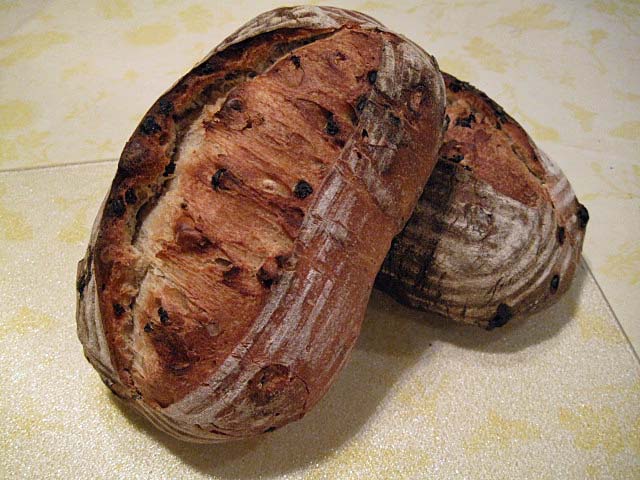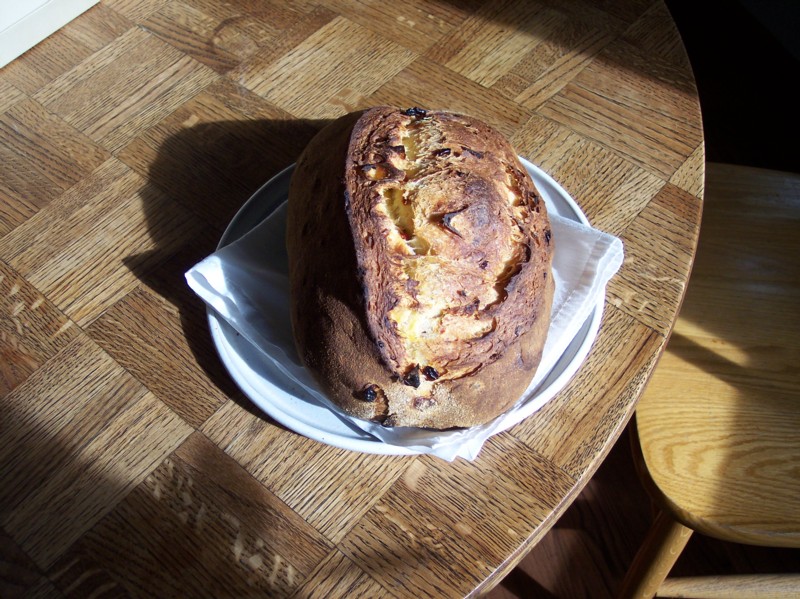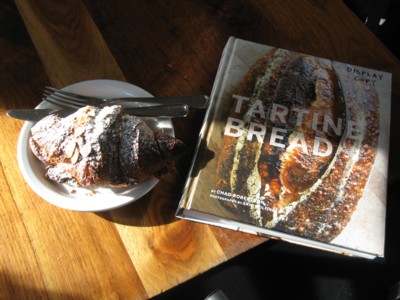Norwich/Vermont Sourdough and proofing on plastic wrap
Yesterday I made another [u][url=http://www.wildyeastblog.com/2007/07/08/my-new-favorite-sourdough/]Vermont/Norwich Sourdough[/url][/u]. I basically followed the recipe, but used medium dark rye flour instead of whole rye.
- Log in or register to post comments
- 7 comments
- View post
- Vogel's Blog





